Zoos around the world aim to provide visitors with a glimpse of rare and exotic wildlife. Housing these fascinating creatures not only attracts visitors but also aids in conservation efforts. Here are some of the most sought-after exotic mammals that zoos are eager to showcase.
White Tiger
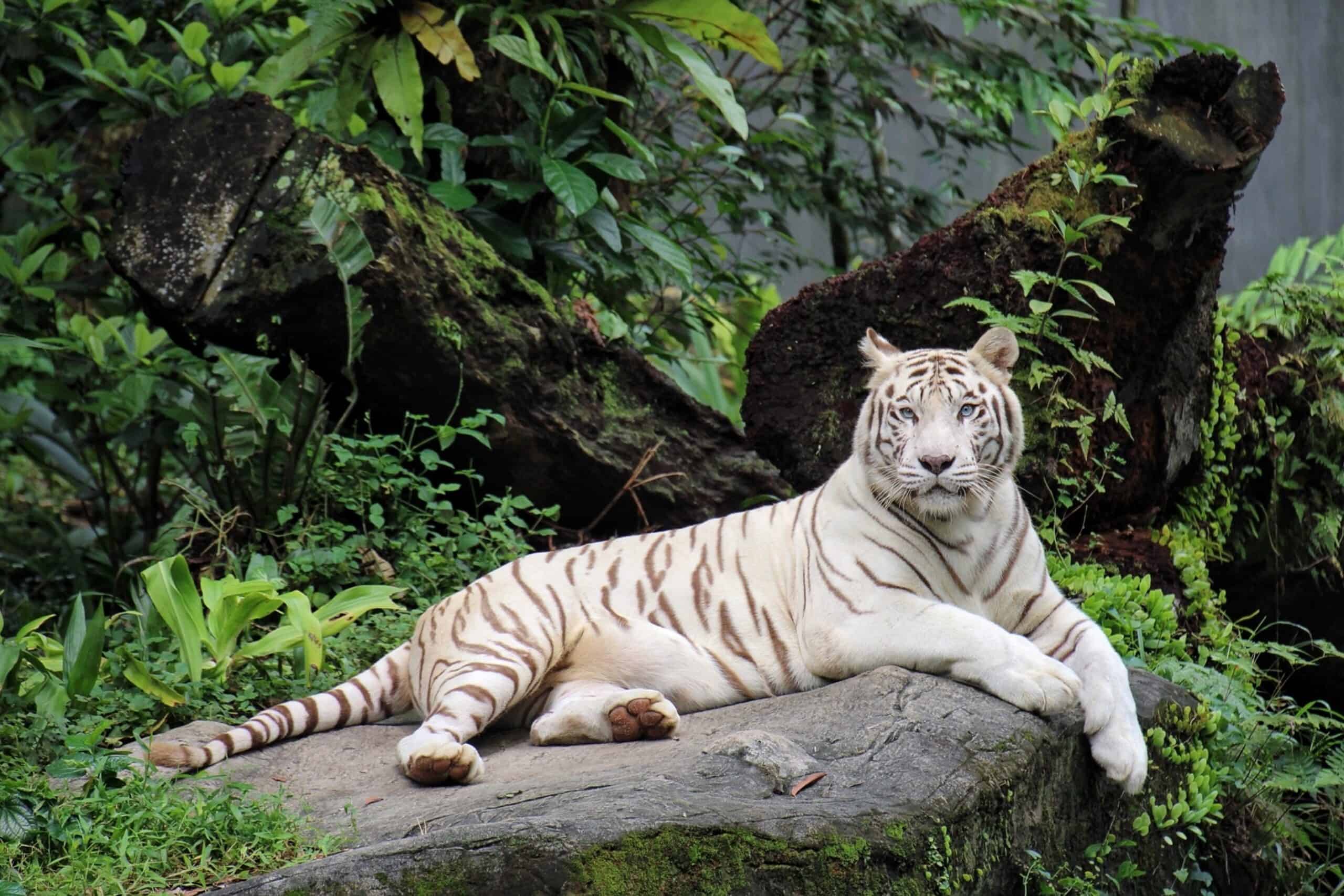
White tigers are rare variants of the Bengal tiger with a stunning white coat and striking blue eyes. Their unique appearance makes them a major attraction in zoos. Native to India, they are bred in captivity due to their rarity in the wild. White tigers are not a separate species but a result of a genetic mutation. The allure of white tigers lies in their beauty and rarity. They require special care due to potential health issues associated with their genetics. Zoos invest significantly in their enclosures to mimic natural habitats. White tigers can be valued at around $100,000 to $150,000 each due to their rarity and appeal.
Red Panda
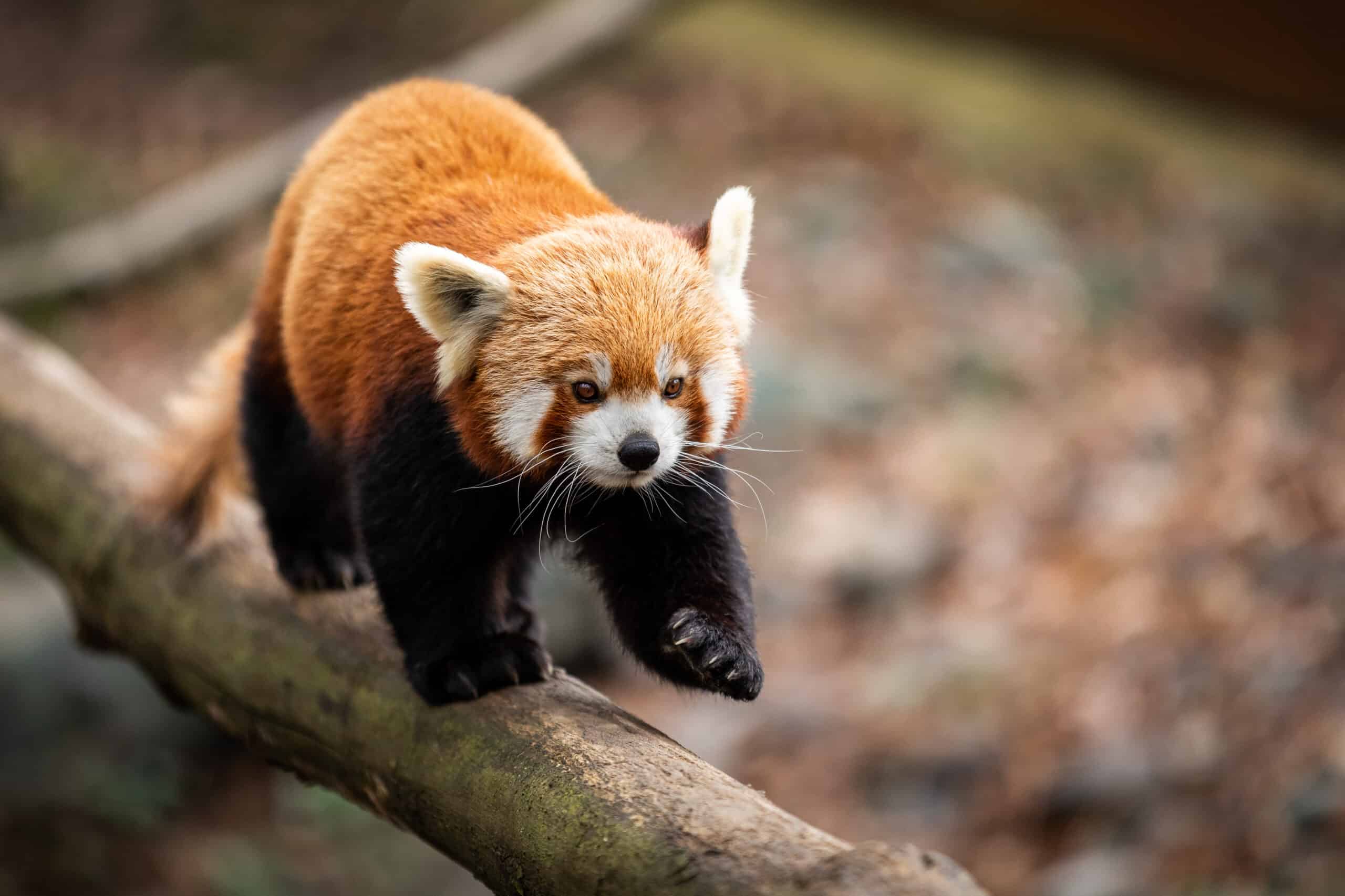
Red pandas are small, arboreal mammals known for their reddish-brown fur and bushy tails. They inhabit the temperate forests of the Himalayas. With their adorable appearance, red pandas are a favorite among zoo visitors. These solitary animals are mainly nocturnal and prefer a diet of bamboo. Zoos provide a safe environment where they can thrive and reproduce. Special enclosures with plenty of climbing structures are essential for their wellbeing. The estimated value of a red panda can range from $15,000 to $20,000 each.
African Elephant
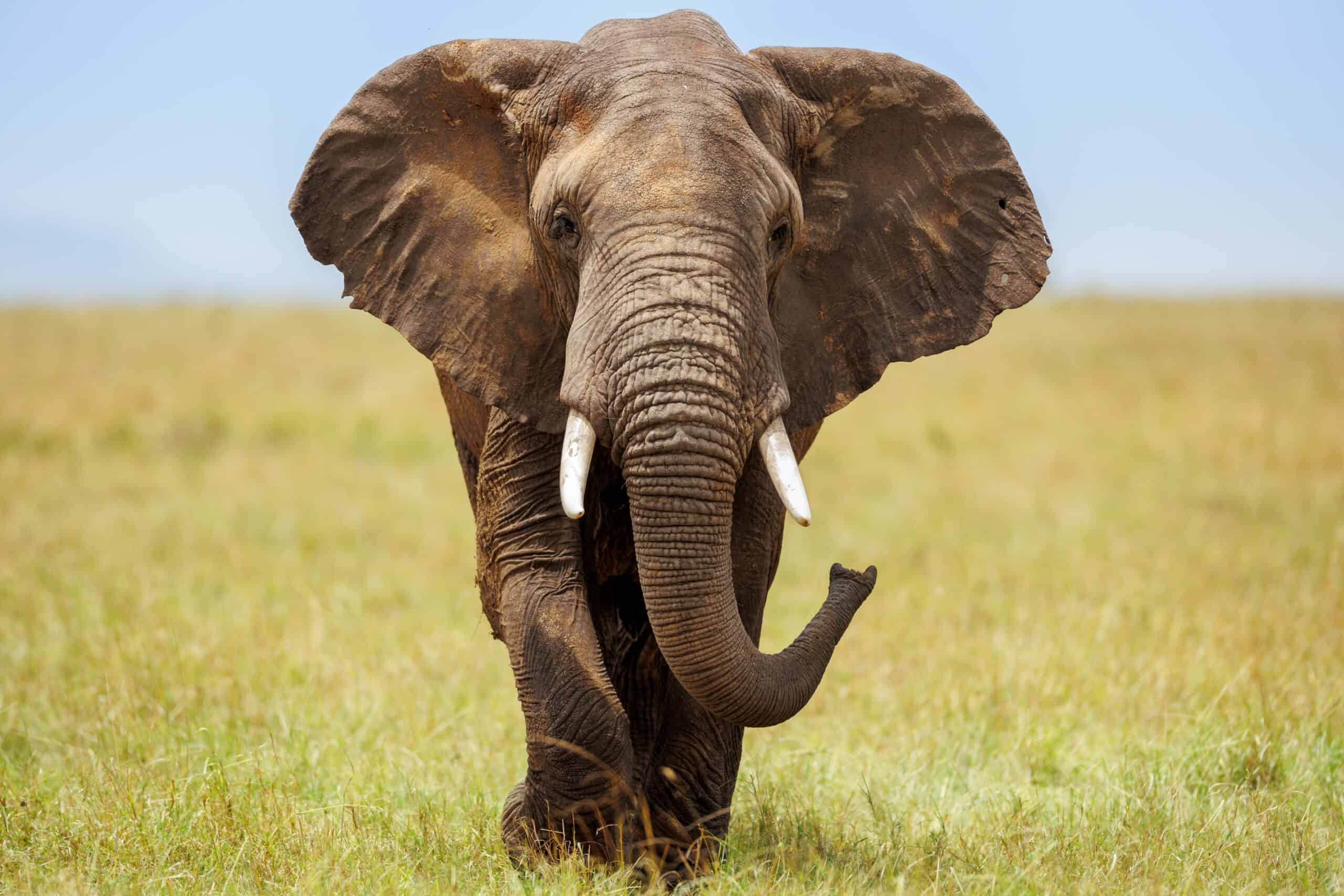
African elephants are the largest land mammals, known for their intelligence and social structures. They are native to various habitats across Africa. Zoos prioritize their care due to their complex needs and large space requirements. Elephants are key ambassadors for wildlife conservation. Their immense size and majestic presence draw significant attention. Zoos often engage visitors with educational programs about elephant conservation. The value of an African elephant can be between $200,000 to $500,000, reflecting their size and the resources needed for their care.
Okapi
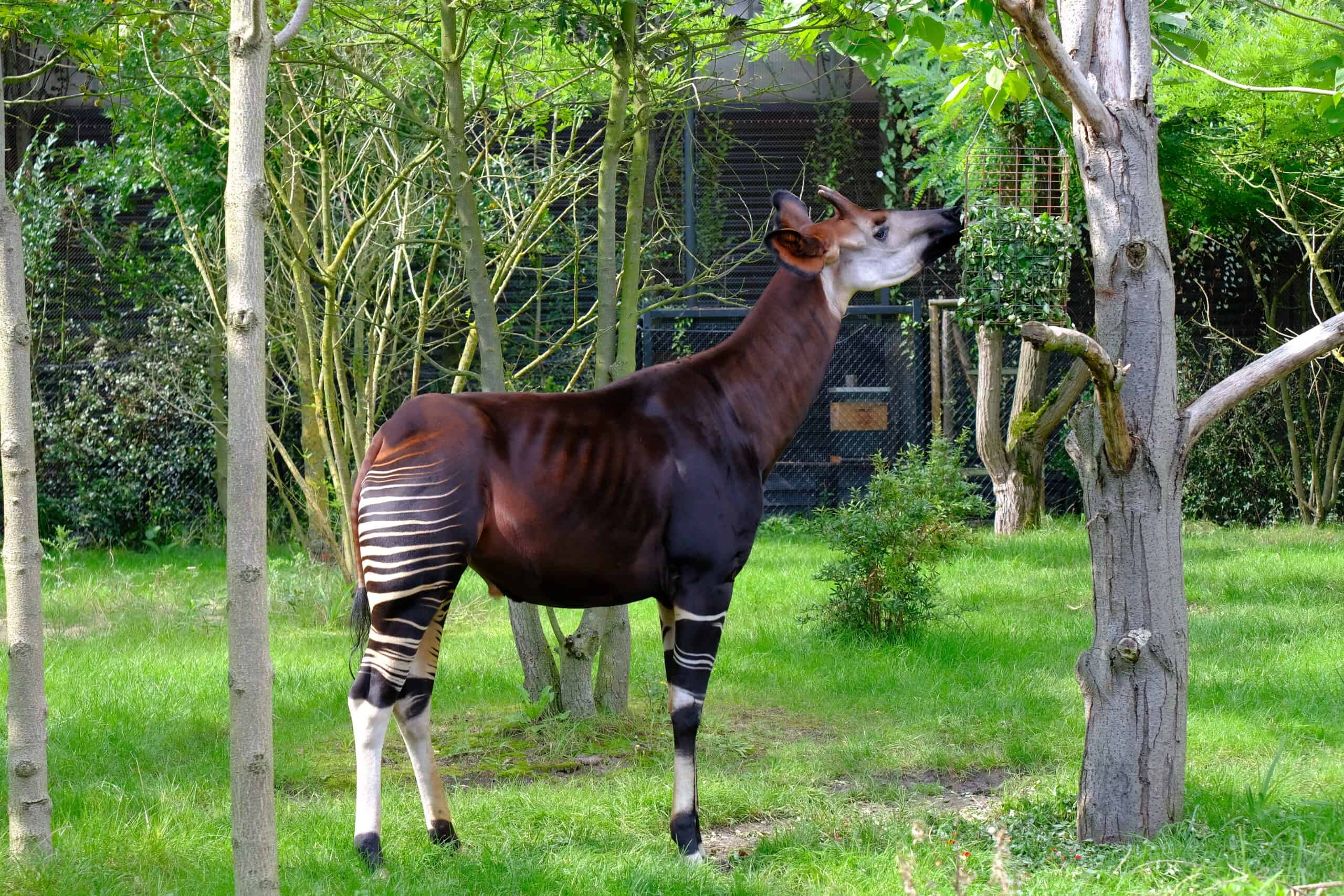
Okapis, native to the dense forests of the Democratic Republic of Congo, are relatives of giraffes. They have a distinctive appearance with zebra-like stripes on their legs. Their elusive nature in the wild makes them rare and intriguing zoo inhabitants. Okapis are solitary and prefer secluded enclosures. Visitors are often fascinated by their unique look and gentle demeanor. An okapi’s value is typically around $100,000 to $200,000 due to their rarity and conservation importance.
Snow Leopard
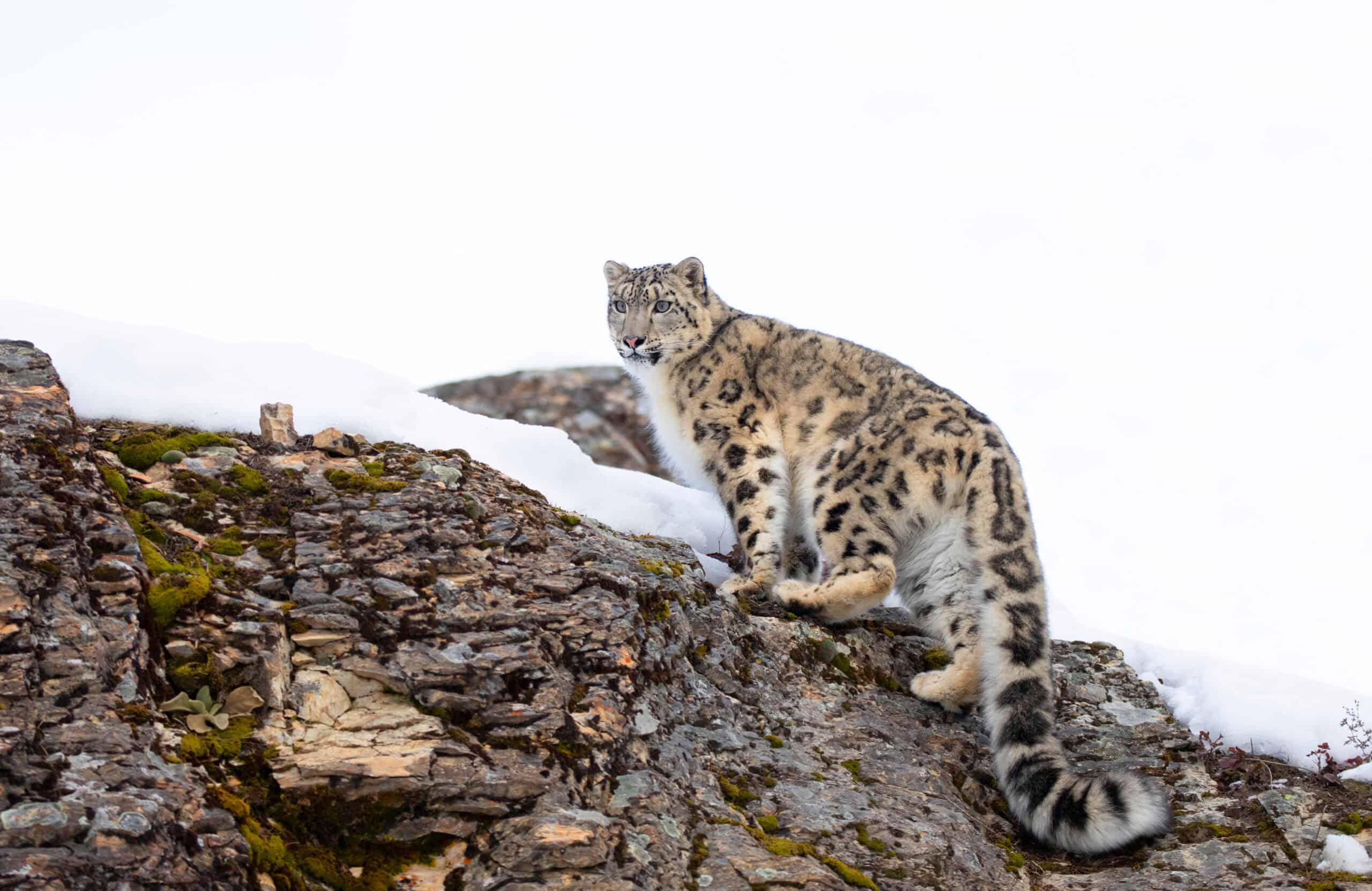
Snow leopards are elusive big cats found in the mountainous regions of Central and South Asia. They possess thick fur and long tails to withstand cold climates. Their stunning appearance and elusive nature make them a prized addition to zoos. Snow leopards are solitary and require large, well-structured enclosures. Their presence helps educate the public about the challenges of wildlife conservation. The value of a snow leopard is approximately $50,000 to $100,000, driven by their endangered status.
Komodo Dragon
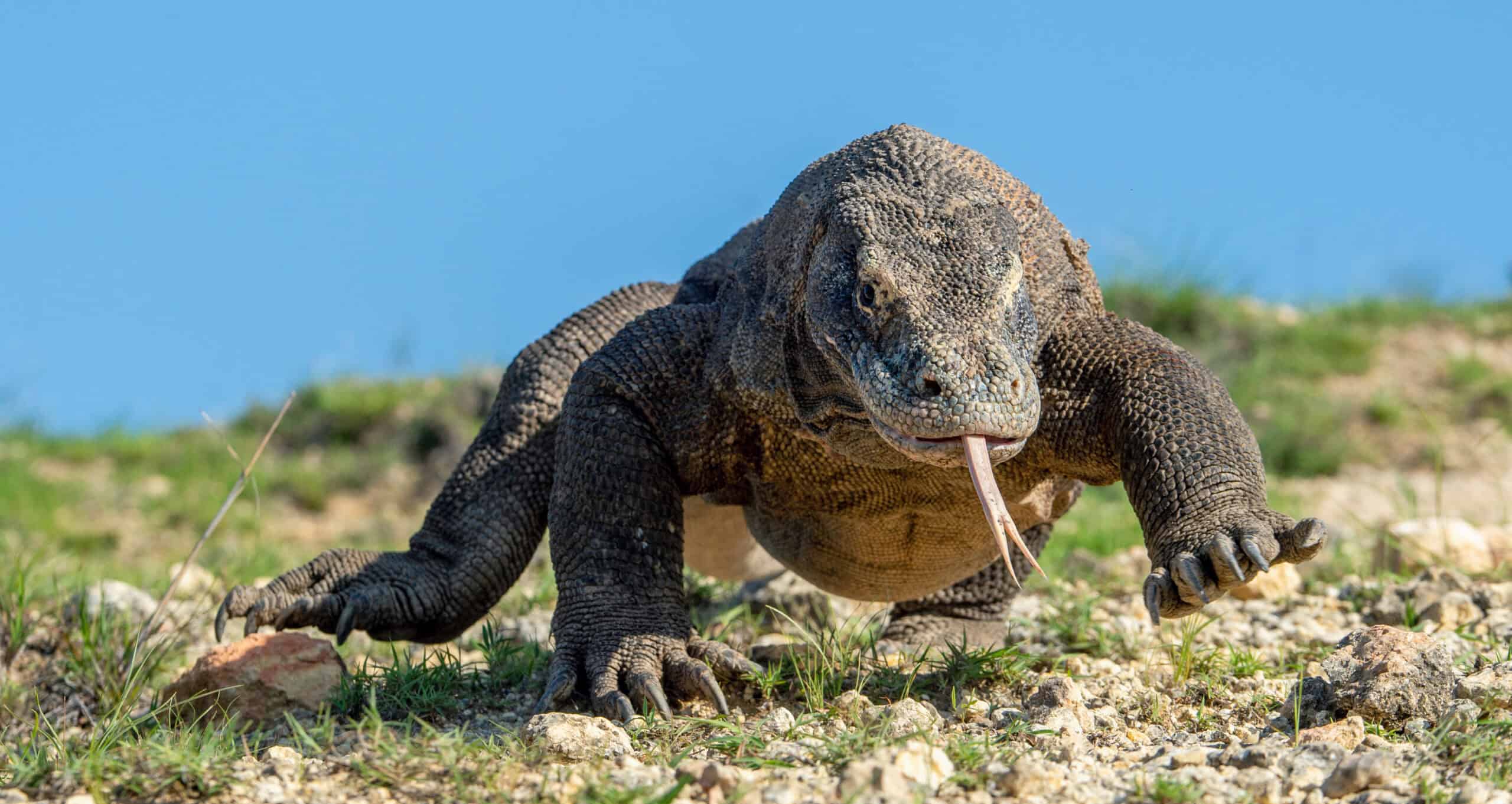
Komodo dragons are the largest living lizards, native to Indonesia. They are known for their impressive size and powerful build. Zoos house them in specially designed enclosures that mimic their natural habitats. These reptiles are solitary and require warm environments with plenty of space to roam. Komodo dragons are important for educational programs about reptiles and their ecosystems. Zoos play a role in their conservation by participating in breeding programs. Their presence highlights the diversity and complexity of reptile species. Komodo dragons can be valued at around $30,000 to $50,000 each.
Giant Panda
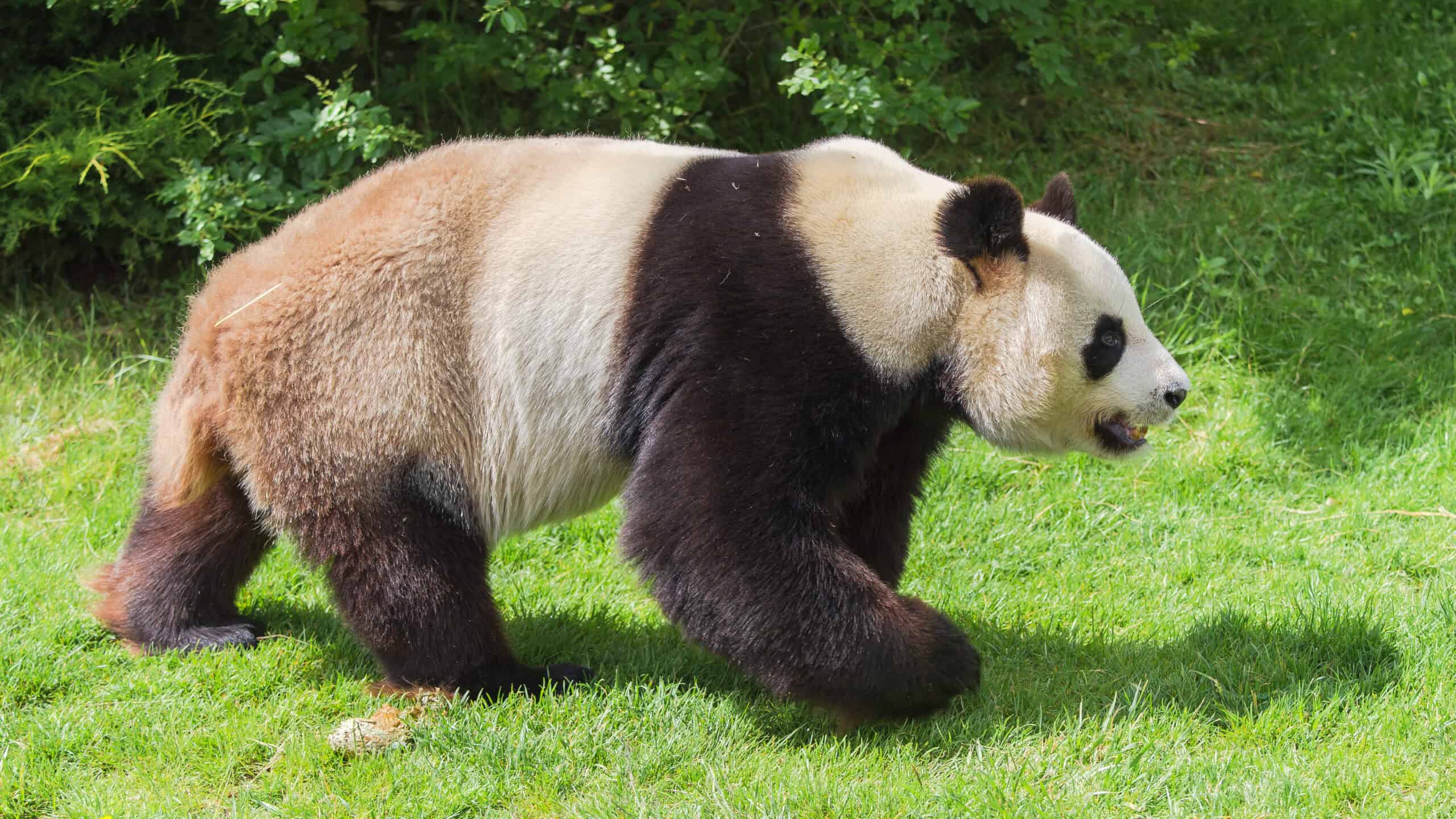
Giant pandas are beloved symbols of wildlife conservation. Native to China, they have a distinctive black-and-white coat. Zoos worldwide strive to house them due to their appeal and conservation status. Pandas primarily eat bamboo and require large, well-maintained enclosures. Their gentle nature and unique appearance make them incredibly popular. Giant pandas are central to conservation efforts, with breeding programs aimed at increasing their population. The value of a giant panda is extraordinarily high, often estimated between $500,000 to $1 million due to their status and care requirements.
Clouded Leopard
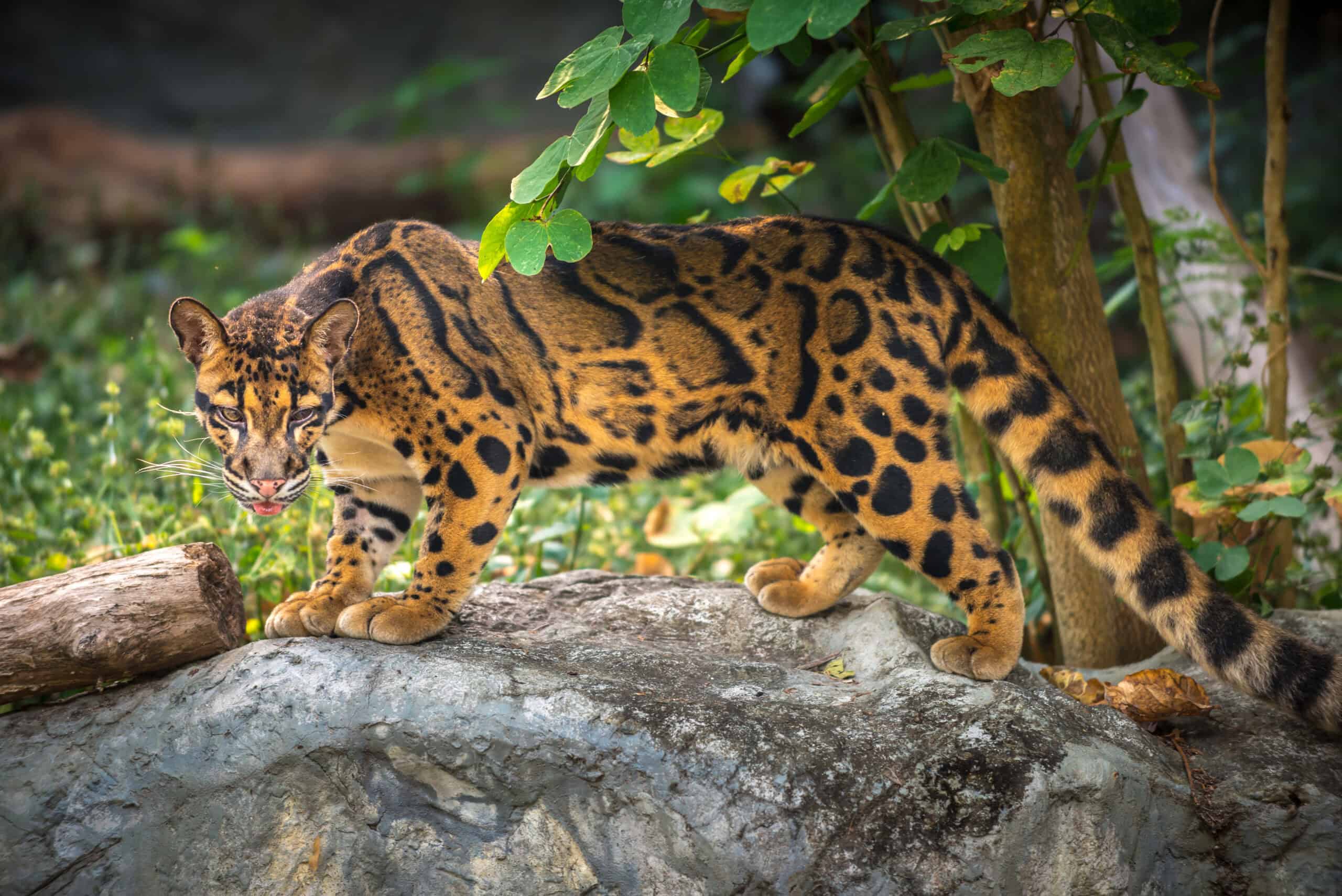
Clouded leopards are medium-sized cats native to Southeast Asia. They are known for their beautiful, cloud-like spots and long canine teeth. Zoos seek to house them due to their rarity and striking appearance. Clouded leopards are arboreal and require enclosures with ample climbing opportunities. Their secretive nature and stunning looks draw significant interest. Zoos provide environments that support their natural behaviors and reproduction. The estimated value of a clouded leopard ranges from $10,000 to $15,000 each.
Sumatran Orangutan
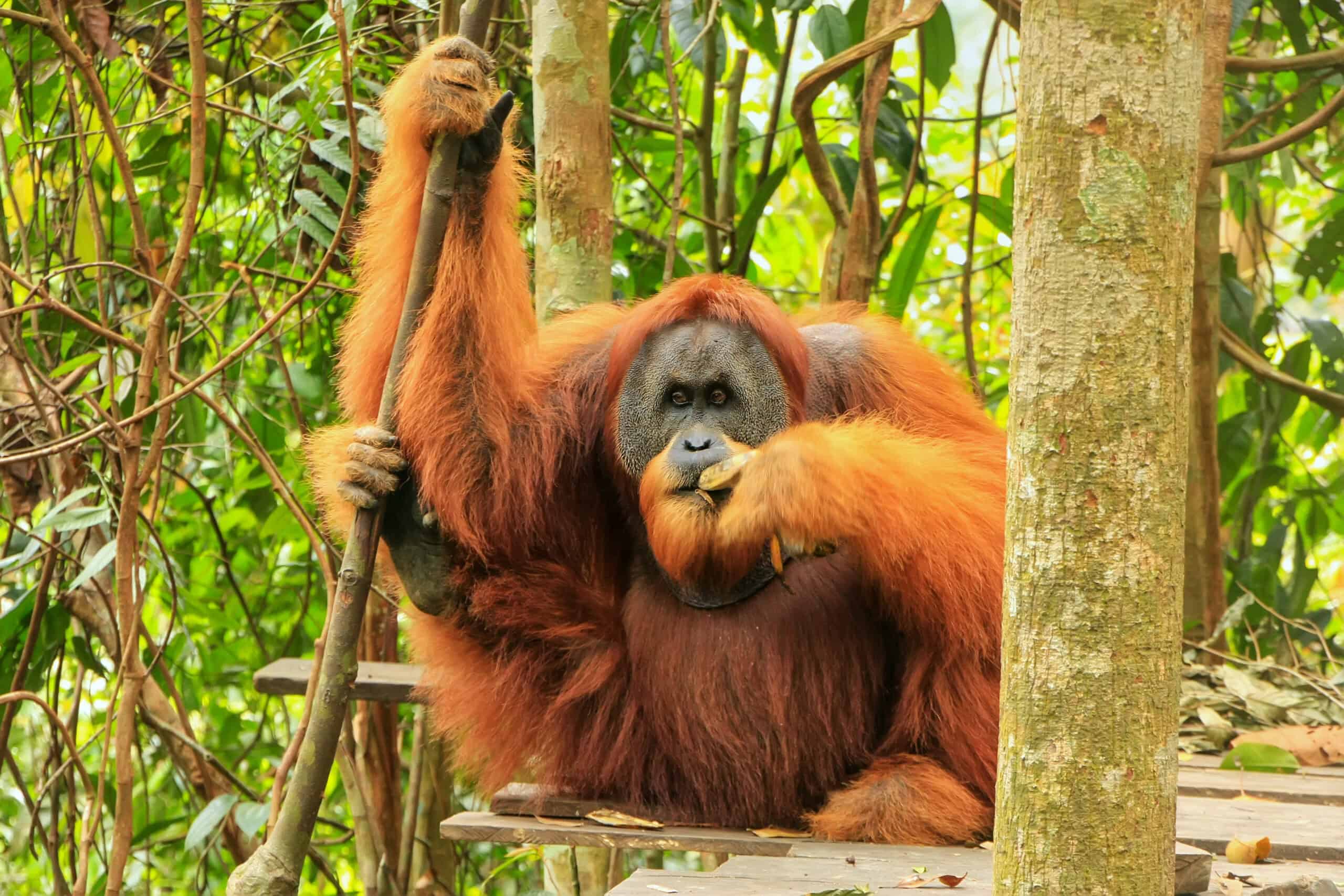
Sumatran orangutans are critically endangered great apes found only on the Indonesian island of Sumatra. They are highly intelligent and have distinctive red fur. Zoos aim to house them to support conservation efforts. Orangutans require large, enriched enclosures to mimic their natural habitat. Their intelligence and human-like behavior fascinate visitors. Zoos play a crucial role in breeding programs and raising awareness about their plight. The value of a Sumatran orangutan can be between $30,000 to $50,000, reflecting their critical conservation status.
Amur Leopard
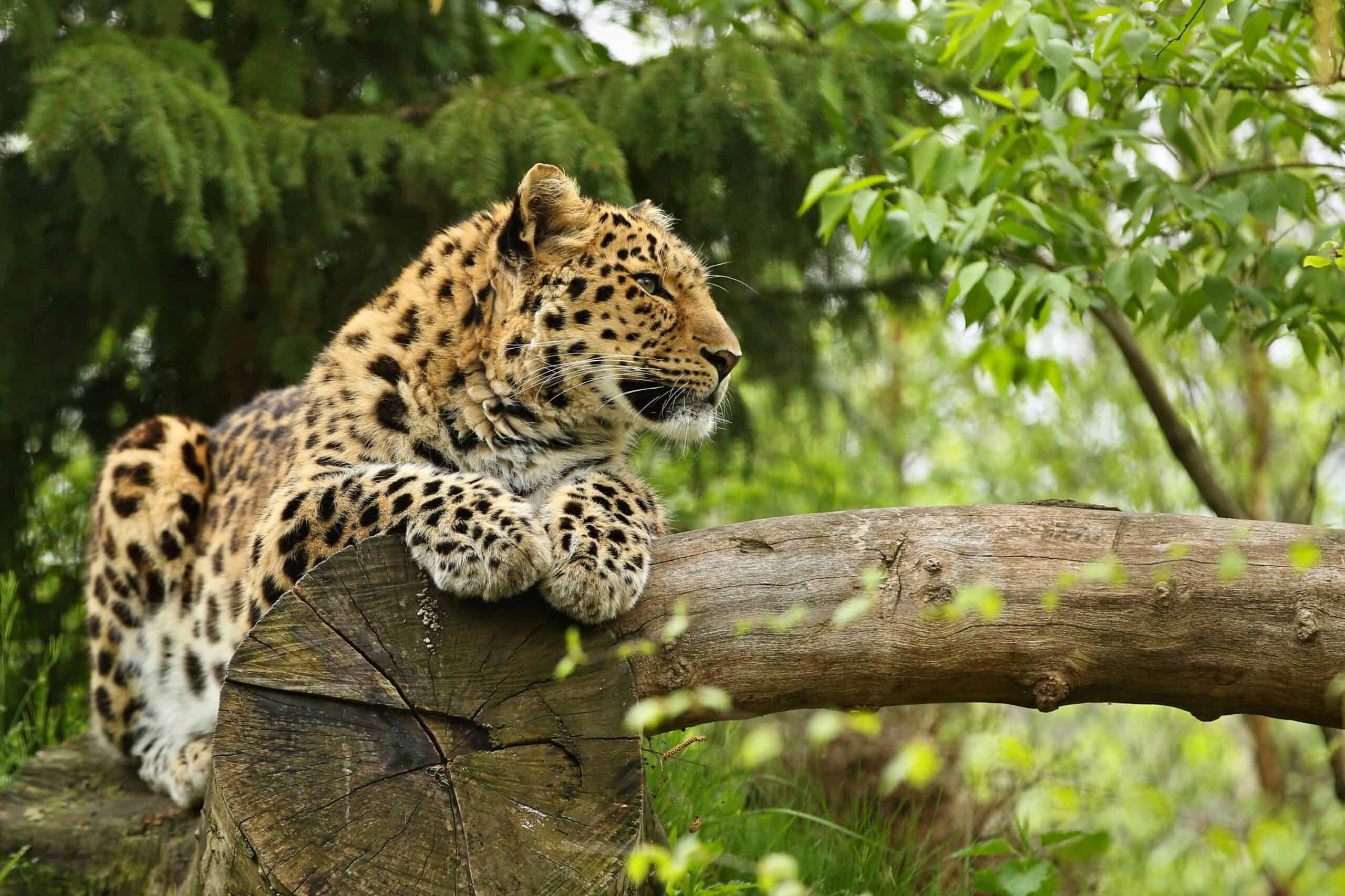
Amur leopards are one of the most endangered big cats, native to the Russian Far East. They have a striking coat with rosette patterns and are highly elusive. Zoos prioritize their care due to their critical conservation status. The value of an Amur leopard ranges from $150,000 to $200,000. Breeding programs in zoos aim to increase their dwindling numbers. Their beauty and rarity make them a focal point for visitors. Educating the public about their conservation helps garner support for protecting their natural habitats.
African Lion
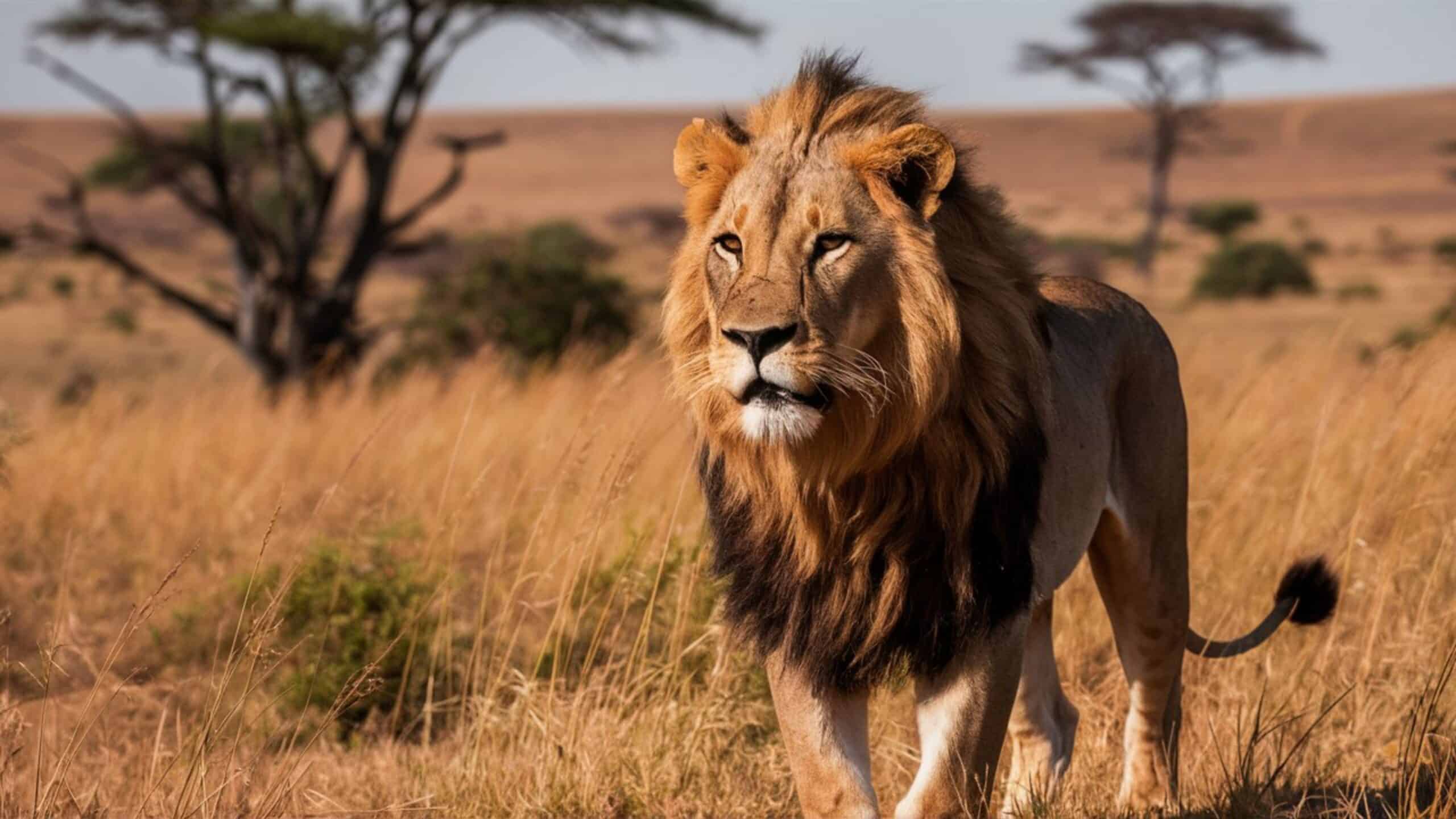
African lions are iconic symbols of strength and majesty. Native to the savannas of Africa, they live in prides and are known for their powerful roars. Male lions have distinctive manes that make them stand out. The value of an African lion in zoos can range from $50,000 to $100,000. Their presence in zoos helps educate the public about the importance of conservation. Lions are at risk due to habitat loss and human conflict. Zoos provide a safe environment where they can thrive and reproduce.
Grevy’s Zebra
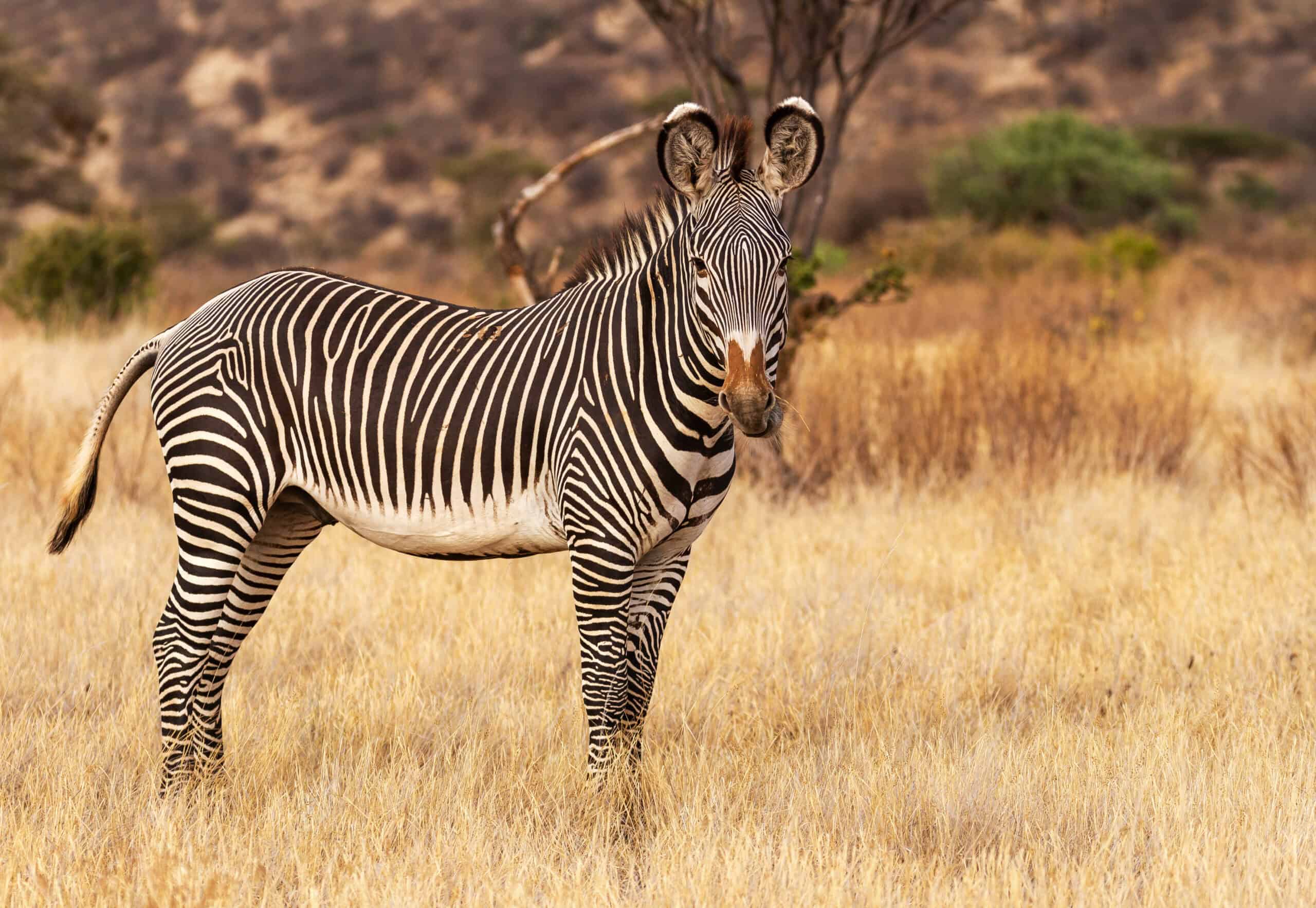
Grevy’s zebras are the largest of all zebra species. They are native to the semi-arid grasslands of Ethiopia and northern Kenya. Known for their narrow stripes and large, rounded ears, they stand out among other zebras. The value of a Grevy’s zebra can range from $15,000 to $20,000. Grevy’s zebras face threats from habitat loss and competition with livestock. Zoos support breeding programs to increase their numbers. Their unique appearance and graceful movements attract many visitors.
Indian Rhinoceros
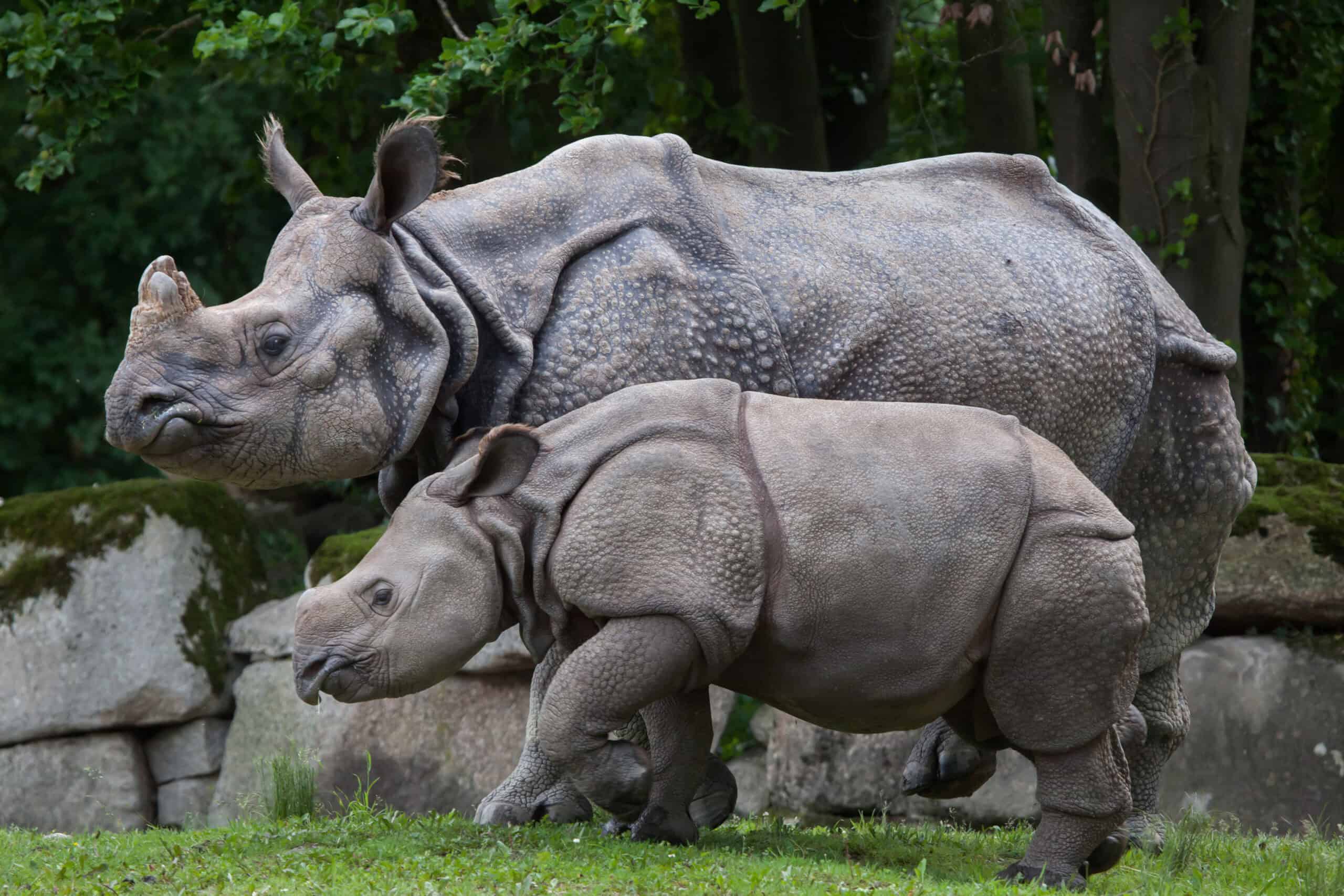
Indian rhinoceroses are large, single-horned mammals native to the Indian subcontinent. They have thick, armor-like skin and are primarily solitary. Zoos house them to support conservation efforts. The value of an Indian rhinoceros ranges from $80,000 to $150,000. Their impressive size and prehistoric look draw significant interest. Zoos provide environments that mimic their natural habitats, supporting their well-being. Indian rhinoceroses highlight the importance of preserving large herbivores.
Malayan Tapir
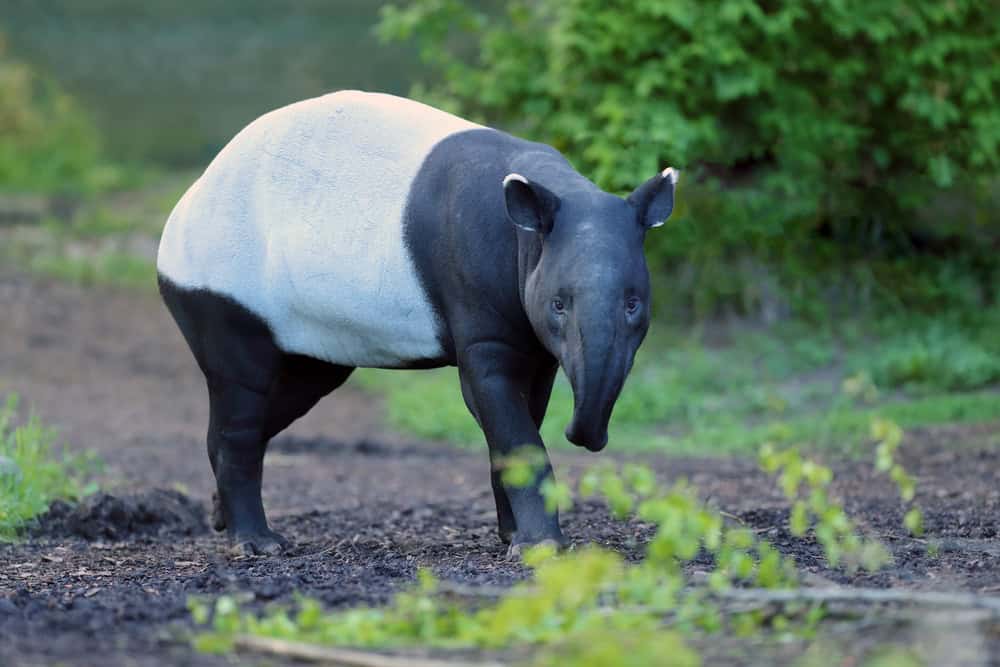
Malayan tapirs are distinctive mammals with a black-and-white pattern. They inhabit the forests of Southeast Asia. Tapirs are nocturnal and prefer dense vegetation. The value of a Malayan tapir ranges from $20,000 to $40,000. Zoos prioritize their care due to their unique appearance and habitat needs. Breeding programs help increase their population. Visitors are often fascinated by their unusual look and gentle demeanor. Malayan tapirs contribute to the understanding of forest ecosystems.
Golden Lion Tamarin
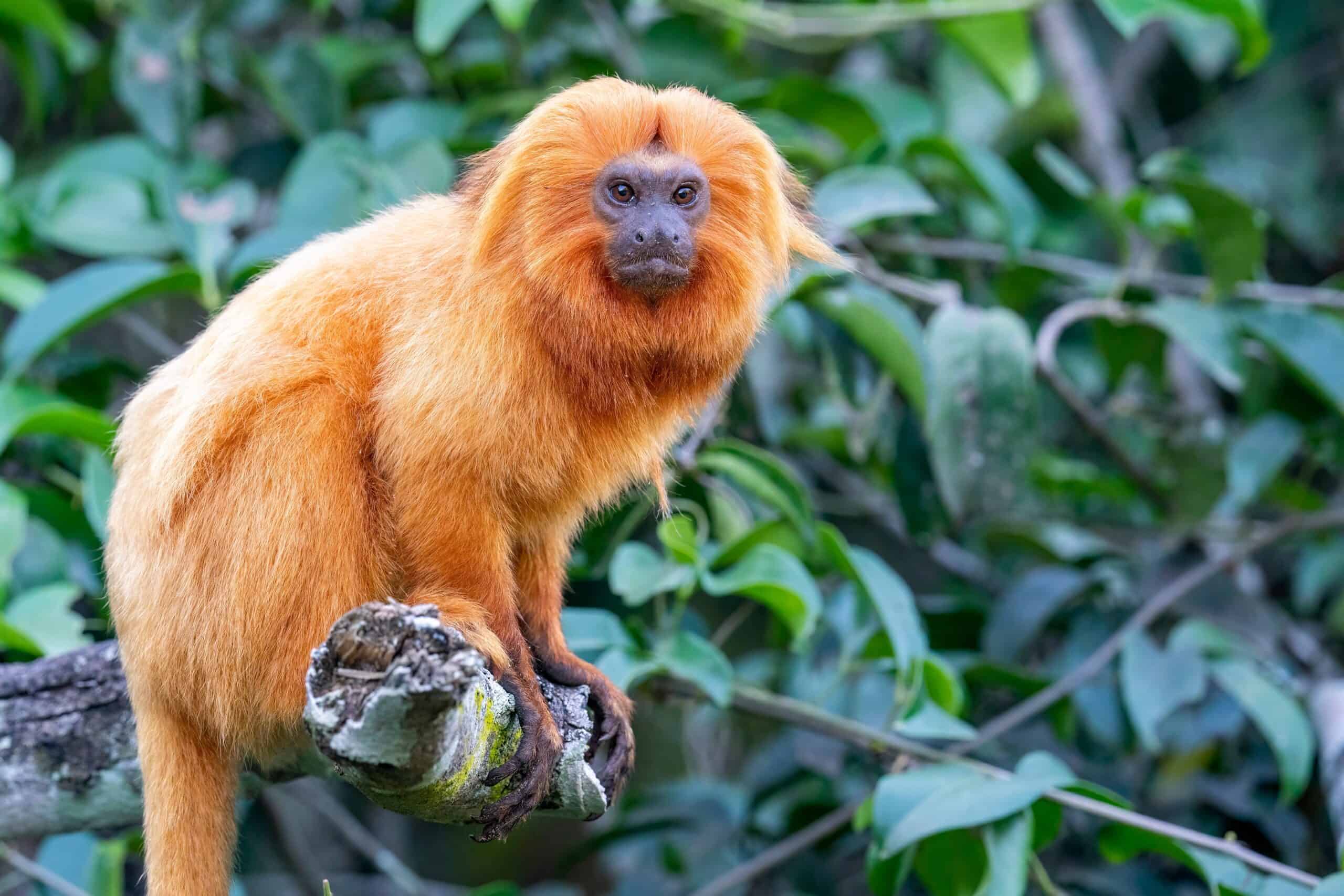
Golden lion tamarins are small, bright orange primates native to Brazil. They inhabit the coastal forests of the Atlantic. Tamarins are social animals living in small family groups. The value of a golden lion tamarin ranges from $10,000 to $20,000. Zoos provide safe environments where they can thrive and reproduce. Their playful nature and striking appearance make them popular with visitors. Tamarins’ presence in zoos helps raise awareness about rainforest conservation.
Asiatic Lion
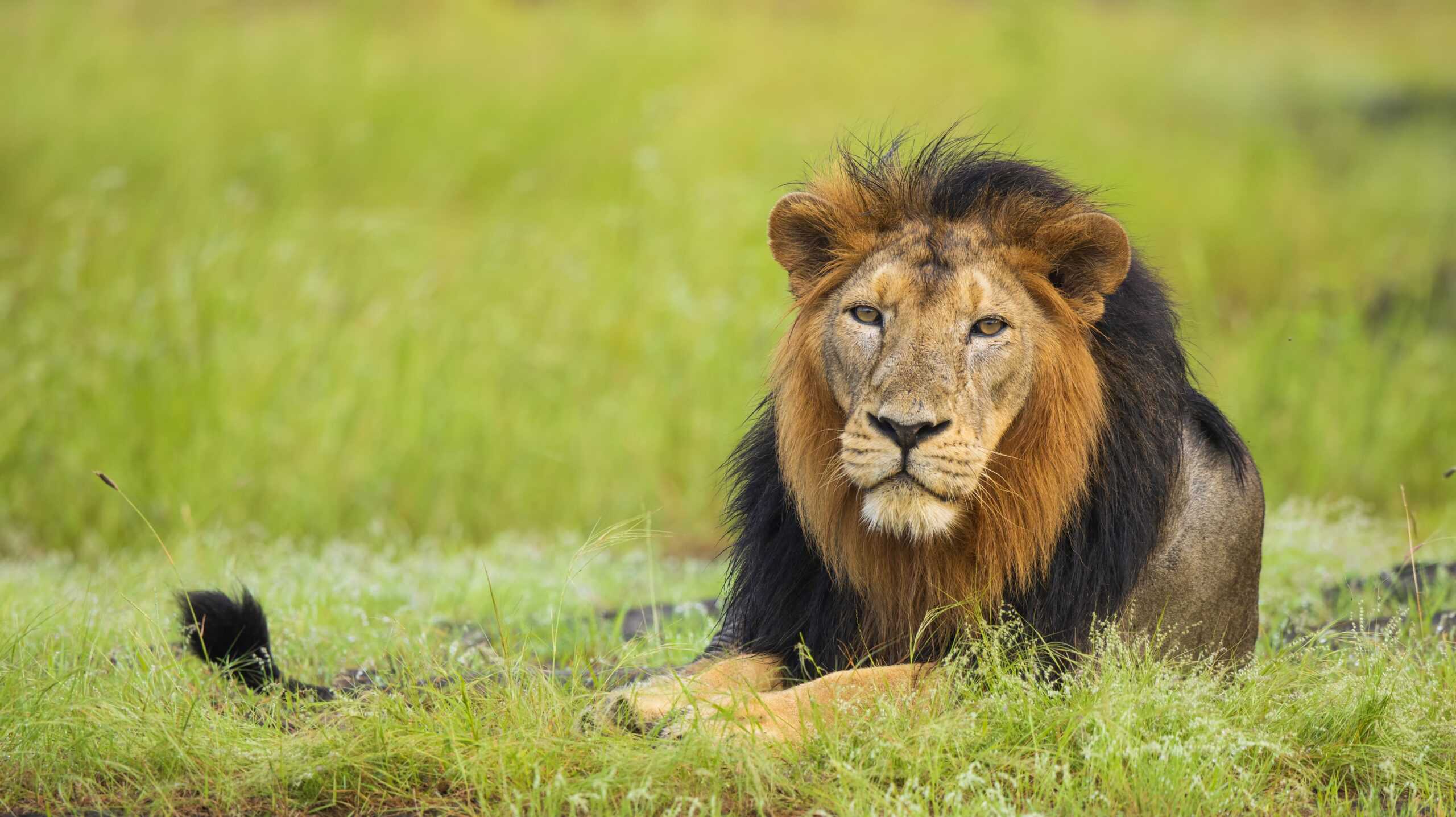
Asiatic lions are slightly smaller than their African counterparts and have a distinct belly fold. They are native to the Gir Forest in India. Zoos aim to house them to support their critically endangered status. The value of an Asiatic lion ranges from $50,000 to $100,000. Breeding programs in zoos help increase their population. Their majestic appearance and unique traits draw significant attention. Educating the public about their conservation status helps garner support for preserving their habitats.
Bornean Orangutan
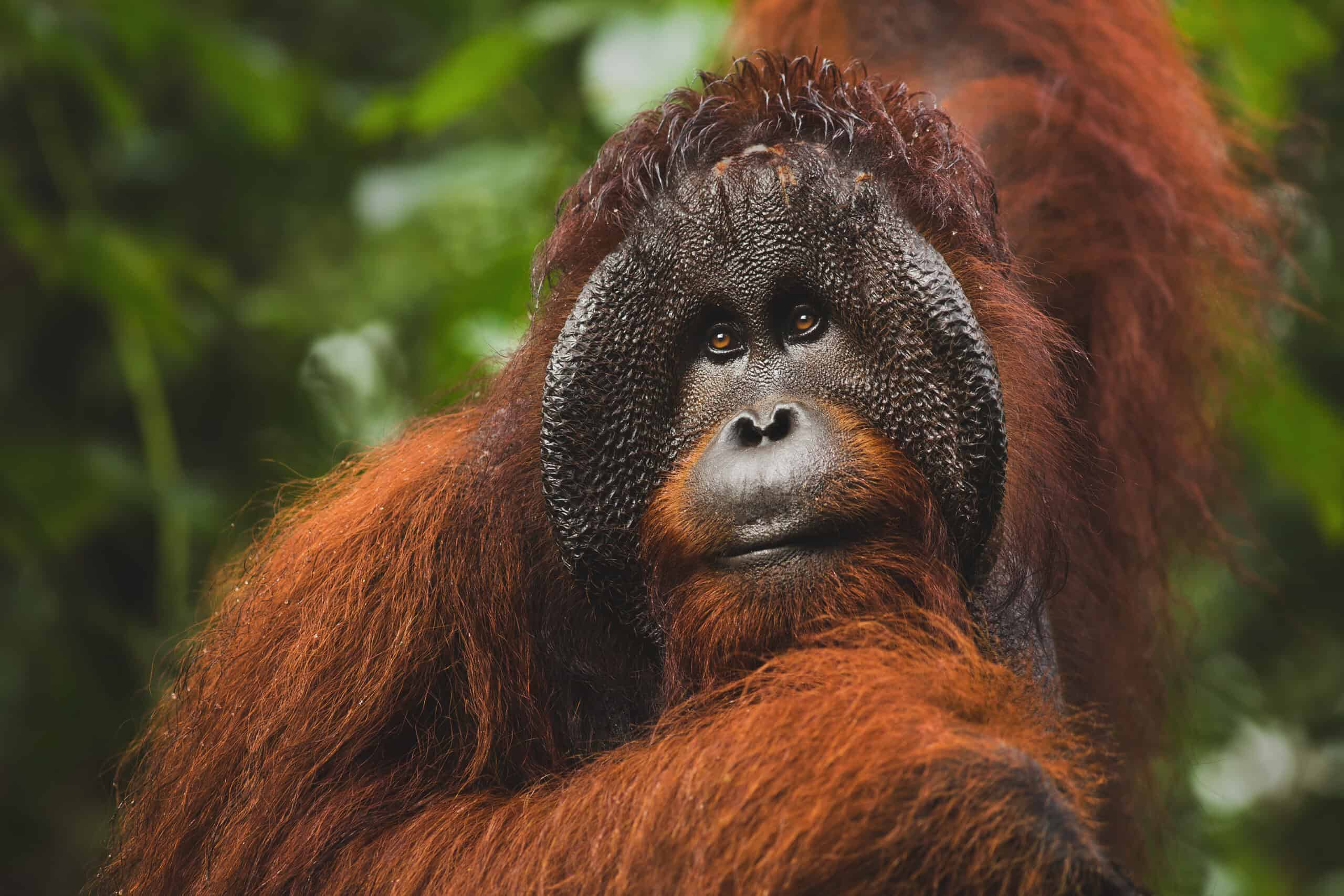
Bornean orangutans are critically endangered great apes native to Borneo. They have distinctive red fur and long, powerful arms. These intelligent primates are mostly solitary and spend most of their time in trees. The value of a Bornean orangutan can range from $100,000 to $200,000. Zoos play a crucial role in orangutan conservation through breeding programs and education. Their human-like behaviors and expressive faces fascinate visitors. Enclosures must provide ample climbing structures and enrichment activities. Bornean orangutans help highlight the importance of preserving rainforests.
Pygmy Hippopotamus
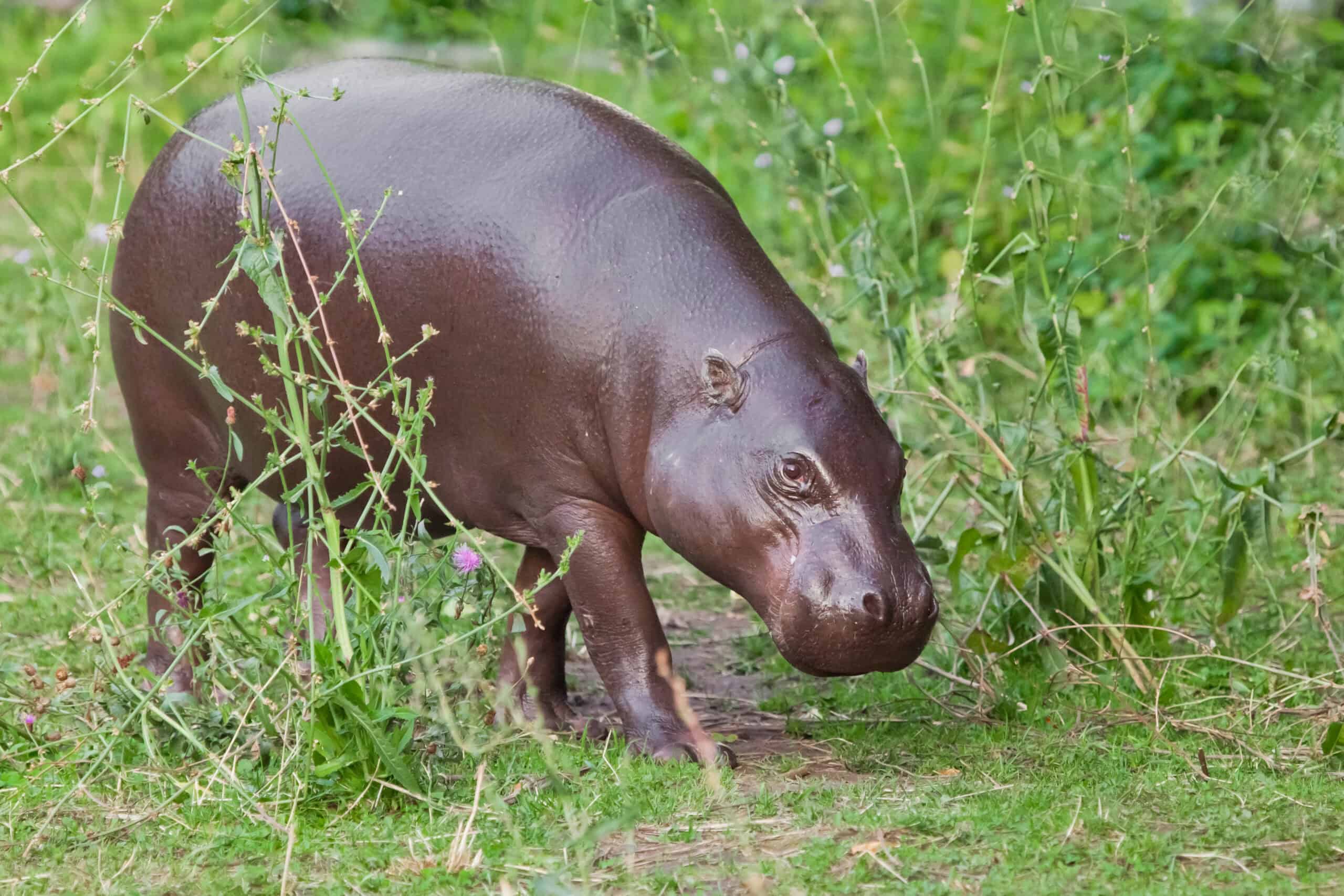
Pygmy hippos are much smaller than their common hippo relatives, weighing around 400-600 pounds. Native to West Africa, they prefer dense, swampy forests. Pygmy hippos are mainly nocturnal and more solitary. The value of a pygmy hippopotamus ranges from $30,000 to $60,000. Zoos provide environments that mimic their natural habitats, supporting their health and wellbeing. Visitors are often intrigued by their unique appearance and behaviors. Breeding programs help increase their population and genetic diversity. Pygmy hippos serve as ambassadors for wetland conservation.
Western Lowland Gorilla
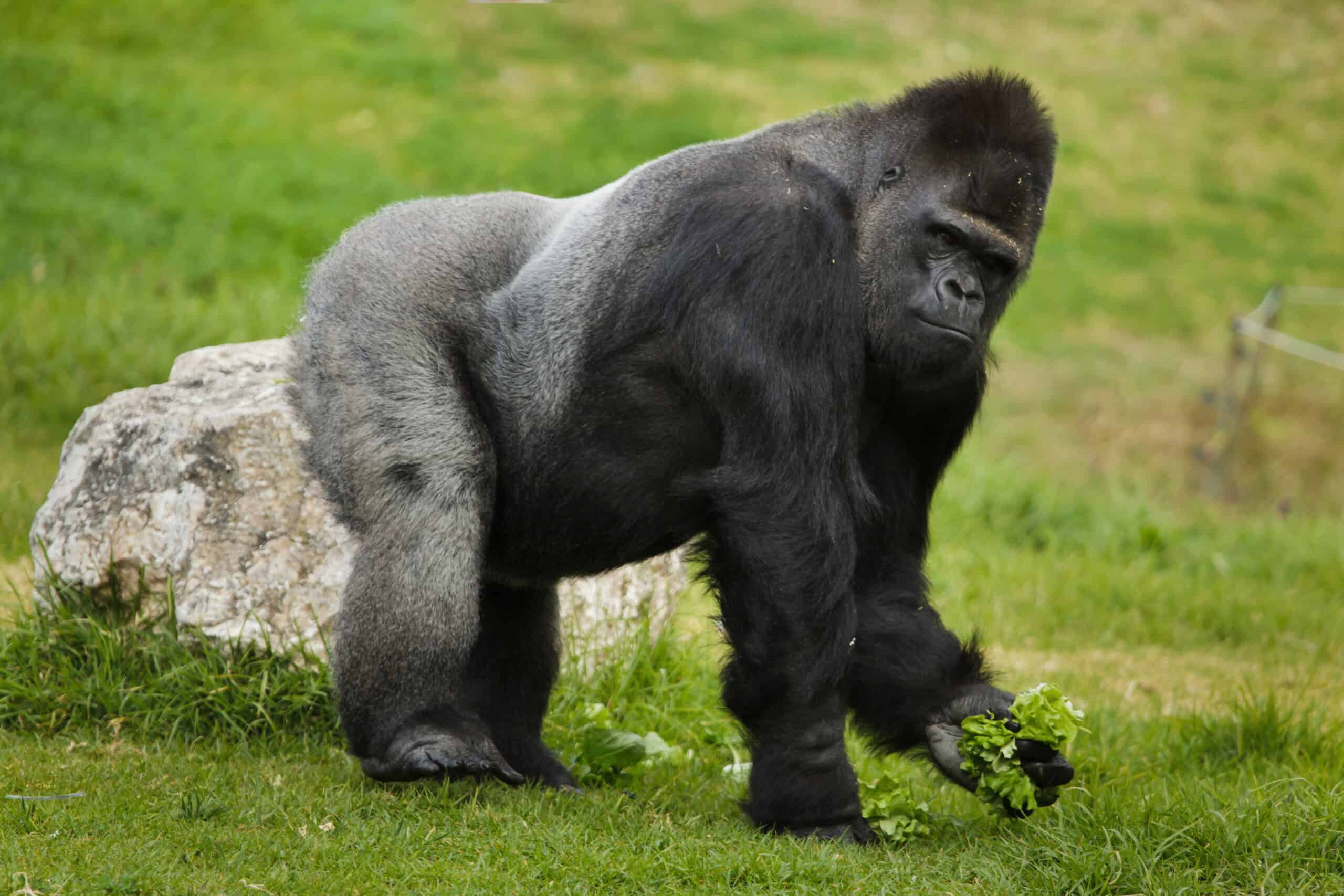
Western lowland gorillas are critically endangered primates native to the forests of Central Africa. They are known for their large size, gentle nature, and social groups. Zoos house them to support conservation and educate the public. The value of a western lowland gorilla can exceed $100,000. Conservation efforts in zoos include breeding programs and habitat preservation. Their impressive size and human-like behaviors captivate audiences. Zoos must provide spacious, enriched enclosures to meet their needs. Western lowland gorillas emphasize the importance of protecting great apes.
Ethiopian Wolf
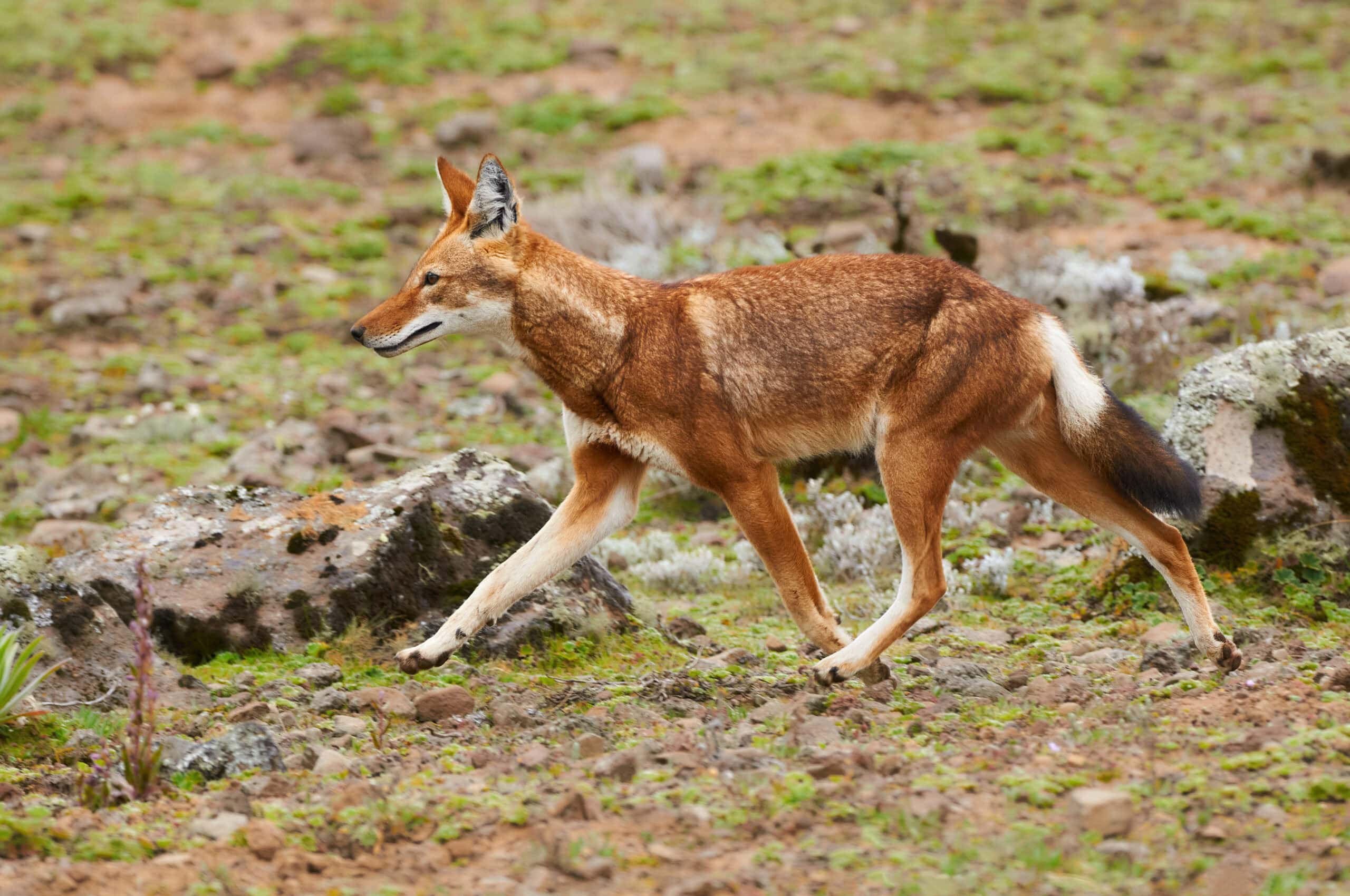
Ethiopian wolves are the rarest canid species, found only in the Ethiopian highlands. They have a striking reddish coat and slender build. These wolves live in small packs and hunt cooperatively. The value of an Ethiopian wolf can range from $20,000 to $40,000. Zoos support Ethiopian wolf conservation through education and breeding programs. Their elusive nature and unique ecology draw interest from visitors. Enclosures must replicate their alpine habitat to ensure their wellbeing. Ethiopian wolves help raise awareness about the need to protect highland ecosystems.
This article originally appeared on Rarest.org.
More from Rarest.org
1971 Roosevelt Dime Value Guide
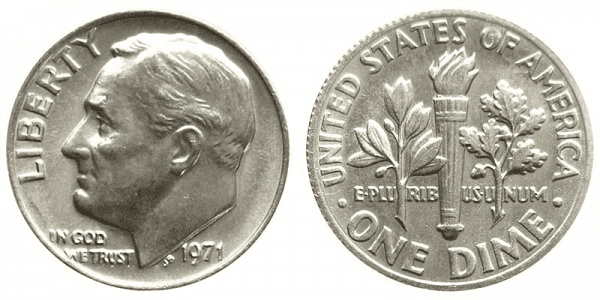
The Roosevelt Dime was created by the US Mint in 1971. Because it is formed of clad metal, this coin has a solid copper inner core and a coating of copper and nickel on the outside (91.67 percent Copper – 8.33 percent Nickel). Read More.
7 Most Lavish Celebrity Mansions

From sprawling estates with breathtaking views to historical mansions with modern amenities, celebrity homes are the epitome of luxury and extravagance. Read More.
1991 Lincoln Penny Value Guide

The 1991 Lincoln penny is made of 97.5% zinc and 2.5% copper. It has a solid zinc core while it is plated with copper. Read More.
